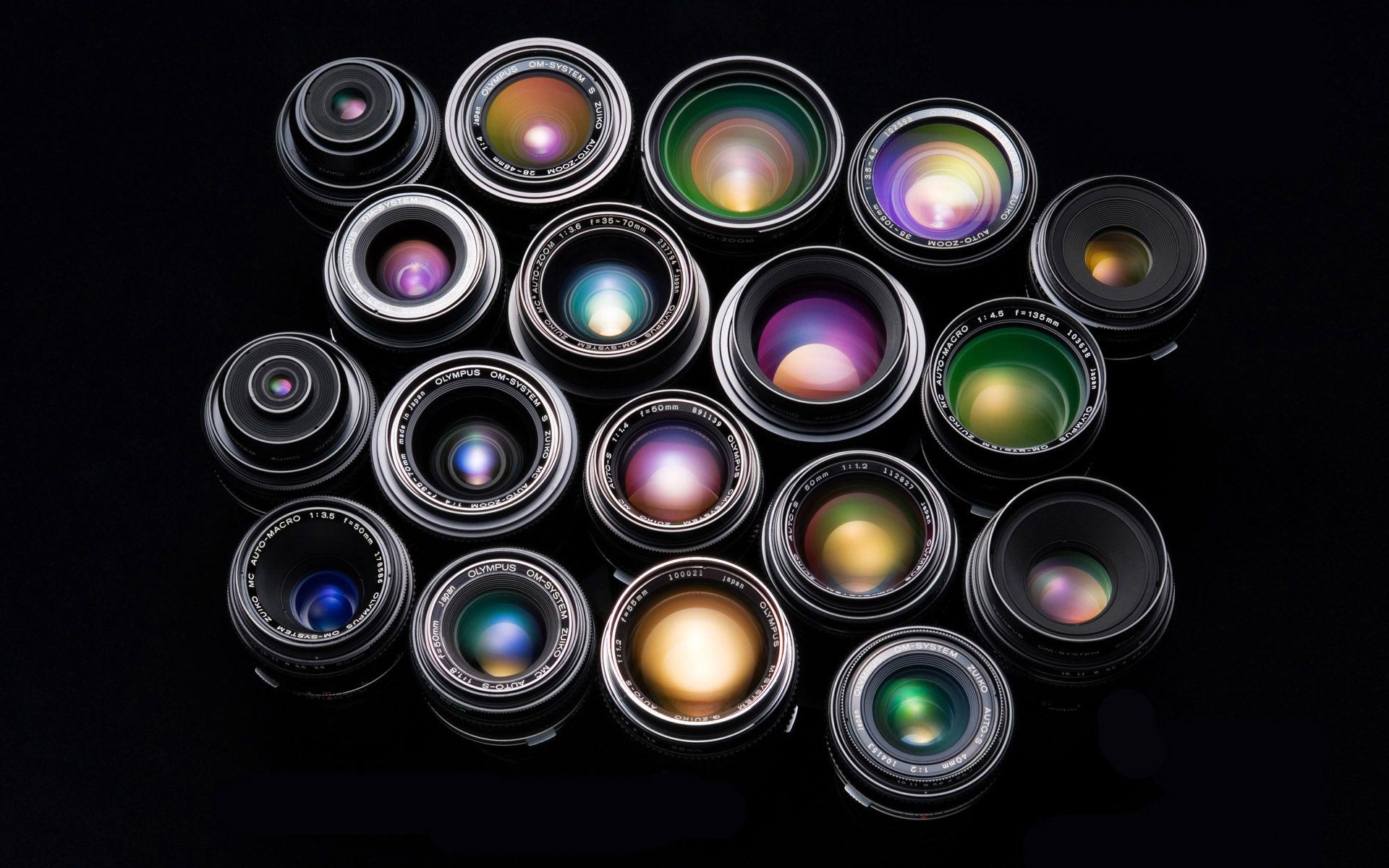Goals are the most important part of your digital camera, it is the one that will characterize the photo in format, quality and style, with so many goal options, specific to each photo style, it is inevitable to get a little lost when choosing. Especially for the novice photographer, who only needs to choose one or two lenses, but calm down!We’ll help you with that.
The first step is to identify your need. So mentally answer these three questions: 1. What am I going to photograph more?2. What kind of photo do I want to follow?3. What image quality do I need?
- Discover now the main features and results of some of the best-known photographic lenses and see which one best suits your needs.
I bet you saw an image where you can see the curvature of the Earth, right?The lens responsible for this effect is the fisheye. It captures 180 degrees in the field of view, which means that a lot of information appears in the photo, so it is ideal for panoramic images of theaters, stadiums and any photo whose objective is a wide recording.
You can also use it to photograph nearby objects and animals, just keep in mind that they will appear curved, since the rounded effect is a feature of this goal, this gives an original and creative touch to the image, allowing you to play with reality. , distorts the curves and leaves each photo a creative touch.
Macro objectives are those that make small objects the main protagonists of the photo. You may have seen an enlarged insect in an image or even something indistinguishable to the naked eye. Yes, this photo was taken with a macro lens.
If your intention is to detail these objects or animals up close, this is the ideal goal for you! Just make sure the image doesn’t move when clicking or blurring. Make a precise manual adjustment and click the exact time.
Another challenge with this lens is light. You need enough light to capture the image with quality, but this can be solved with flashes, a stick, speed settings and manual settings.
For those who like to photograph small animals and insects, the golden advice is to focus their eye and blur the background to highlight it. Macrophotography isn’t easy, but a little dedication and patience are enough to generate amazing results.
50mm lenses, also known as “normal” lenses, are the most popular and versatile lenses. They represent the field of human vision, are light and have an excellent cost/benefit ratio. By controlling depth of field, excellent results can be obtained, even in low-light environments.
If your intention is to photograph events, weddings, sports, urban architecture and other everyday scenes, the 50mm lens is an excellent companion, but you’ll have to turn around (literally) to take creative photos. For the same reason that human vision does not have many special effects, the 50 mm has a slightly closed angle, but nothing that solves an extra dose of imagination and composition. If you have to choose a single lens to wear for the rest of your life, that lens would probably be a 50mm.
These telephoto objects are ideal for photographs that require some distance from the photographer, are widely used in football and sports matches in general, they are also favorites of photo essays, as they capture the details of facial and body expression without removing the character’s freedom of articulation and, of course, facilitating the lives of those who photograph.
Do you know these photos of wild animals? Guess what lens they were taken with? Yes, probably with a telephoto lens. And the photos of the shows, in which, even with the greatest distance, the photographer manages to capture the beads of sweat of the leader, the wrinkles of the drummer and the excited expression of the guitarist – all this is only possible with a telephoto lens. . So if your goal is to take photos remotely, the best option is to bet on one of them.
Now you should have an idea of the goal that will best suit your photos, but that’s not enough, there are other factors that influence it.
Cost/Benefit: Think carefully if the dream lens you have chosen is economically cost-effective Focal Distance: check if a fixed lens or zoom is the best Diaphragm: check if the maximum aperture of the diaphragm is sufficient for the quality of the photos you want. Light or dark lenses: it’s very important to keep this in mind. Which lens is best for the type of photo you want?Does a dark one meet these criteria?Take a good look!
After all these questions, you’re ready to buy your camera lens without regreting it later. Follow our website and discover many other tips for your photos to get better and better.

